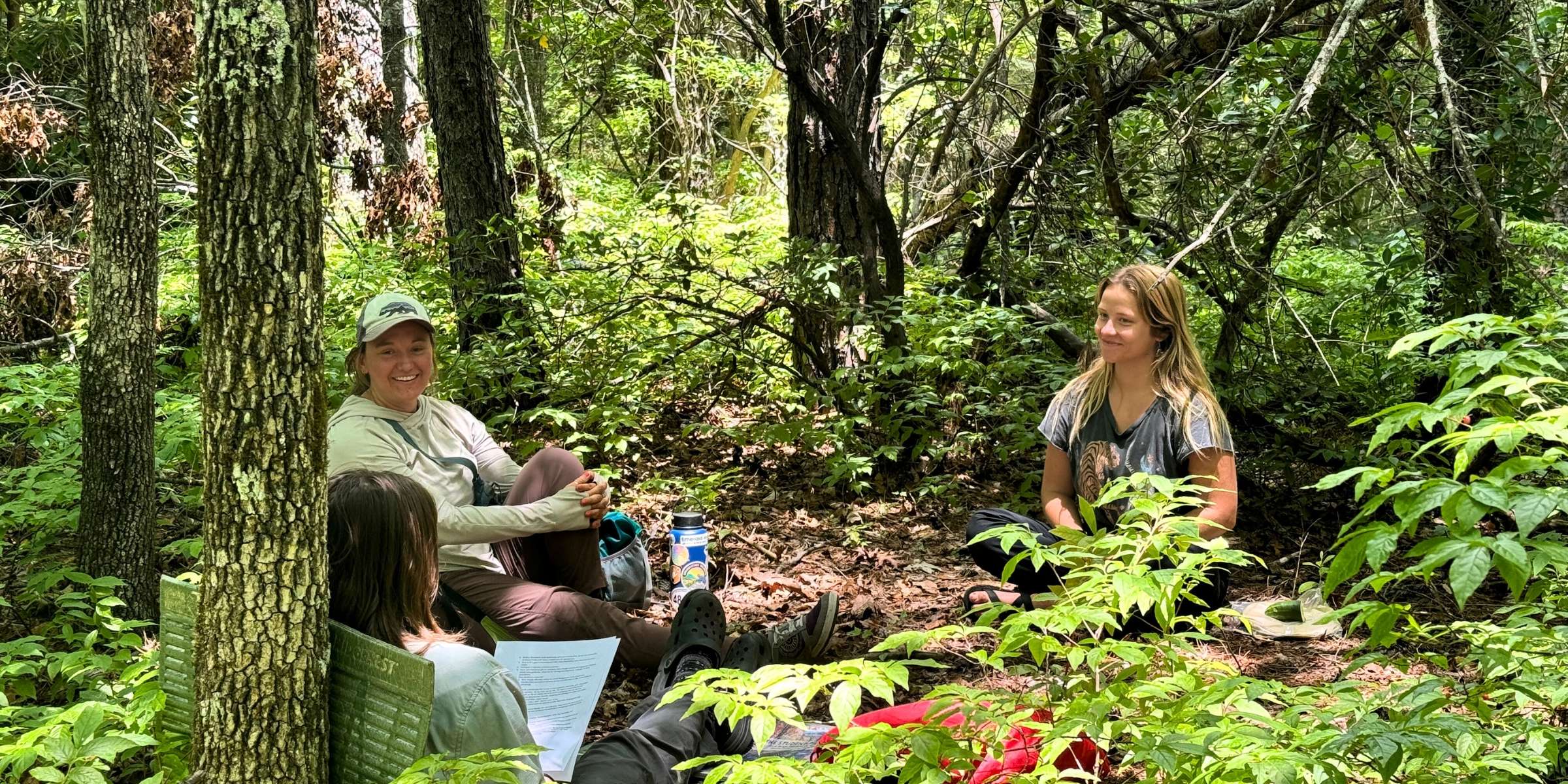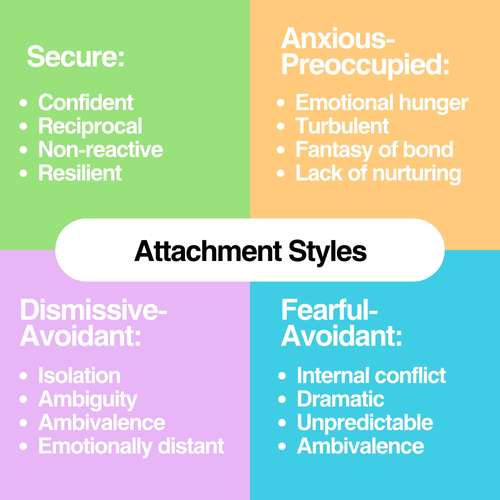Over the last two years, I have been undergoing extensive training in a treatment modality called Attachment-Based Family Therapy. I want to share a bit about how this modality informs my work and how this approach could be helpful to you and your child.

Attachment-Based Family Therapy: Reconnecting with Your Teen
Sarah James, LPC, CAADC
What is attachment?
Attachment has become a buzzword in the therapy-world today. If this word rings a bell to you, you might associate it with the Mary Ainsworth Strange Situation experiments or John Bowlby’s work on attachment styles (secure, avoidant, disorganized, anxious).


Many of us have learned or heard of these ideas before. But there is so much more to attachment theory. The basic premise is that the bonds we form with our parents or caregivers in early childhood development wire our nervous systems and form the basis for our relational patterns and beliefs later in life.
When parents show up as available, responsive, and attuned to their children' s emotional needs, children feel more confident that their parents will love and protect them, and therefore that they themselves are worthy of love and protection. Children who have secure attachments with their caregivers also have nervous systems that are familiar with the feelings of safety and comfort, and they are able to self-soothe.
Conversely, when children have a low expectation that their parents will support them and protect them, they develop defensive strategies to protect themselves. This might look like denying the need for love and comfort, excessive concern with closeness, or fear of abandonment. This ‘low expectation of protection’ develops through an accumulation of attachment ruptures in early childhood development. These ruptures could occur through significant events or traumas such as adoption, abuse, neglect, parental death or absence, etc. Alternatively, the ruptures could present as more insidious aggregations of events* in which a child experiences a difficult emotion, is not adequately attuned to and coached through that emotion, and is left to come to their own (usually shameful) conclusions about themself or the world at large.
*Examples of these cumulative micro-ruptures include but are not limited to: parents’ unresolved traumas leading to dismissive or punitive parenting styles, general adversity such as poverty or racism, or situations outside the parents’ control, such as medical illness or bullying.

Regardless of the route of the rupture, the end result is that as the child grows up, they struggle to respond to emotional challenges in a productive and resilient way. They are unable to consistently self-soothe, so they seek external sources for alleviating their emotional discomfort. The external analgesics will always be temporary and therefore insufficient, so usually a person will proceed to up the ante, often resulting in a pattern of unhealthy coping or addictive tendencies.
It is helpful here to think about secure/insecure attachment not as all-or-nothing discreet categories. Rather, attachment is a spectrum: the more positive attunement experiences a child has, the more securely they will feel about themselves and their relationships; the more attachment ruptures that occur, the more likely that the child will respond to challenges in their environment inconsistently and chaotically.

How do attachment ruptures impact adolescents?
While there is certainly a critical period for building a secure attachment in early childhood development (ages 0-3), the quality of children’s relationships with their parents and caregivers continues to influence them well into adulthood. For many of the families that I have worked with, balancing attunement with boundaries may have felt more straightforward during the elementary school years, or the child’s pattern of externalizing comfort may not have seemed obvious or problematic when the child was younger. However in the adolescent years, it is much more difficult for parents to navigate helping their teen differentiate and develop autonomy while maintaining a secure base as parents and protecting their adolescent from danger. While some degree of conflict is normal and developmentally appropriate, this is when cracks in the foundation of attachment may become more apparent. Additionally, attachment ruptures occurring during adolescence may disrupt what previously seemed like a secure attachment.
Many families seek treatment for their adolescent or young adult for tangible problems such as isolation, self-harm, suicidal ideation, substance abuse, school avoidance or failure, social challenges, promiscuity, or defiance. These problems put great strain on the family and often lead to self-fulfilling cycles of conflict. There are often biochemical or neurodevelopmental elements to these problems such as depression, anxiety, or ADHD, for which mental health treatment and possibly medication are recommended. Additionally, while these problems are not necessarily caused by parent-child relational issues, the main premise of Attachment-Based Family Therapy is that improving the family dynamic is a vital component of improving and ultimately curing these problems.
Securely attached adolescents are able to self-reflect and take the perspectives of others. They can express vulnerable emotions in a regulated manner. They can receive feedback and problem-solve without feeling threatened. They have more resilience and capacity for creativity. They feel confident that they can express dissatisfaction with their parents or share their concerns in life without fear of reprimand from their parents or belief that they are burdening their parents. They have fundamental trust that their parents care about them and will protect them. Improving attachment does not negate or eliminate the problems of depression or school challenges, but it does help the adolescent and family navigate these problems more effectively.

How can parents foster more secure attachment?
If you are a parent who is worried about your child’s behavior, it is important to remain focused on what is in your control. Attachment is negotiated through conversation, relationship, and co-regulation, not behavioral control. Furthermore, most parental attempts to control adolescent behavior are futile. At worst, these attempts lead to cyclical power struggles and at best, the child is obligated into compliance while the root issues remain unresolved. You may have already heard advice such as “take care of yourself” or “do your own work”, but what does that really mean?
When you are dysregulated, you are incapable of promoting regulation in your child. Conversely, when you are regulated, you are able to role model attuning to your own emotions and effectively coping with stress. When you are emotionally regulated, you are able to respond intentionally in interactions with your adolescent, rather than reacting in uncontrolled or undesired ways.
Regulation isn’t all about bubble baths and massages. Regulation is achieved through developing consciousness into your physical and emotional state (stressed? tired? impatient?), strategizing resources for in-the-moment relief (deep breaths, positive self-talk), and recognizing when your capacity is breached and temporarily disengaging from the situation.
Parents are endowed with innate caregiving instincts. I have never met a parent who wanted a family dynamic fraught with tension. It is imperative that you examine and understand your own barriers and resources for self-regulation and intentional parenting. What are your current stressors? How do your own childhood and parent relationships compare to what their adolescent is experiencing? What memories and examples of positive connection do you cherish? What is getting in the way of you showing up as the parent you want to be? Seeking individual or couples therapy to further explore these questions is often beneficial.
Once you have gained insight into these two components, you can begin to foster secure attachment with your adolescent by practicing the following communication skills:
Reflective listening. Seek to fully understand your adolescent’s position before jumping to conclusions.
Empathize with and validate your child’s emotions. Adolescent brains are still in the process of developing the prefrontal cortex (the logical, decision-making, future-thinking part of the brain). Their logic and reasoning associated with their emotions might not seem rational. Nevertheless the emotions are real and valid.
Lead with curiosity. Resist the urge to lecture, give advice, or reprimand.
Empower your teen to consciously choose how they respond to their emotions and brainstorm creative solutions to their problems. Resist the urge to problem-solve or rescue.

Secure Attachment is an Active Process
It may be helpful to start these conversations with external problems such as struggles at school or with friends. Eventually, an important component of healing will be discussing the attachment ruptures in your relationship and understanding how these ruptures have impacted your adolescent. In some cases, your teen might be unwilling to trust you in sharing their emotional burdens until the attachment ruptures are addressed. In these cases, formal family therapy with a trained Attachment-Based Family Therapist is indicated. If your child’s immediate safety is at risk (significant self-harm, persistent suicidal ideation, severe substance abuse, etc), you are likely spending a lot of time in crisis-intervention-mode and therefore you might be unable to intentionally focus on you own regulation and communication. In this case, out-of-home treatment may be warranted.
The key take-away here is that attachment is not all-or-nothing. One regrettable argument will not ruin your child’s attachment forever, nor will one vulnerable conversation fix everything. The goal is for positive, reparative connections to outweigh the ruptures. Secure attachment is an active process, and it is never too late to alter the course of the journey.


Sarah James, LPC, CAADC
"My approach is attachment based, trauma informed, and family systems focused. I believe that through a lens of curiosity, we can find the root of most problematic behaviors. I seek to empower adolescents to understand themselves and reevaluate the effectiveness of their choices."
